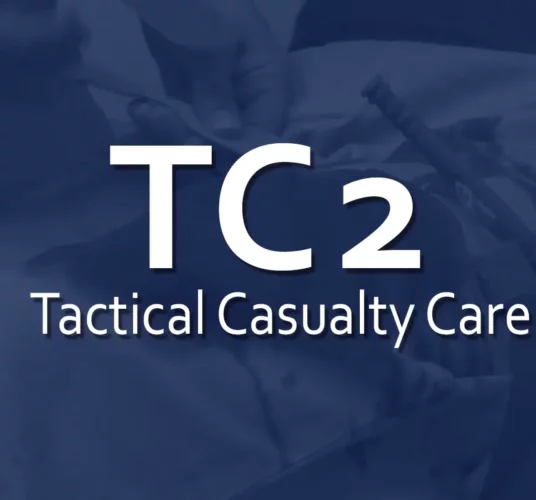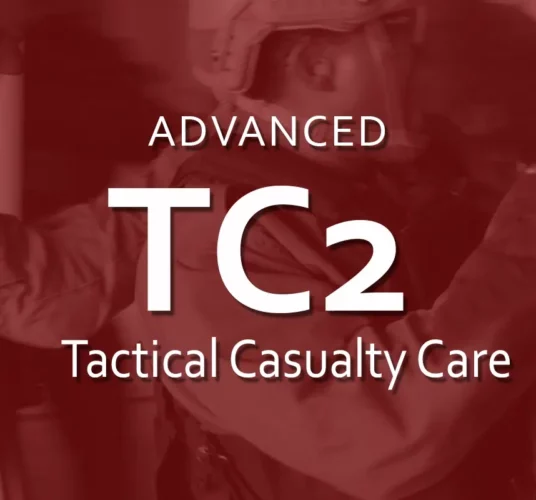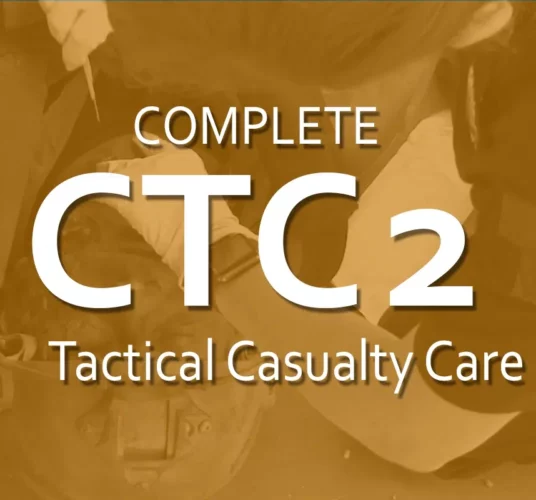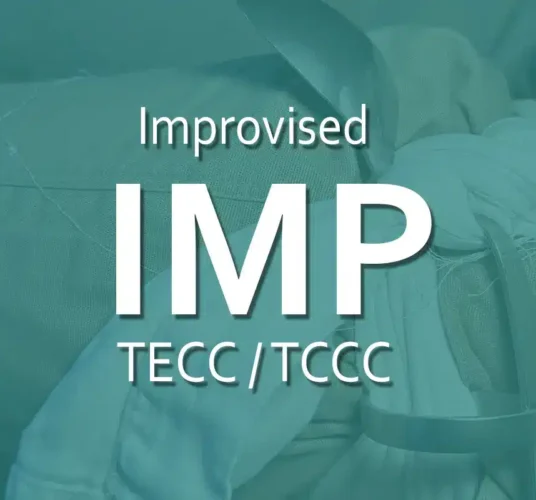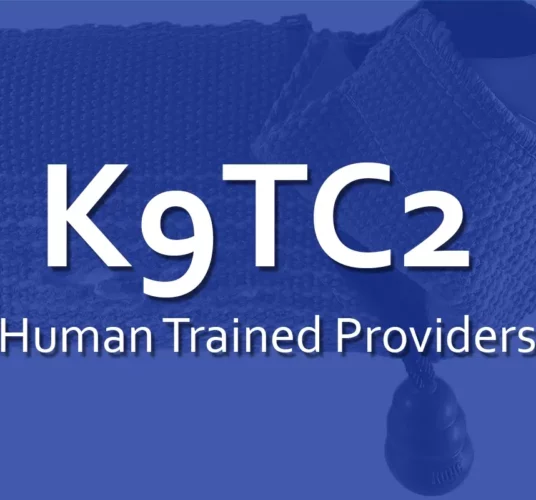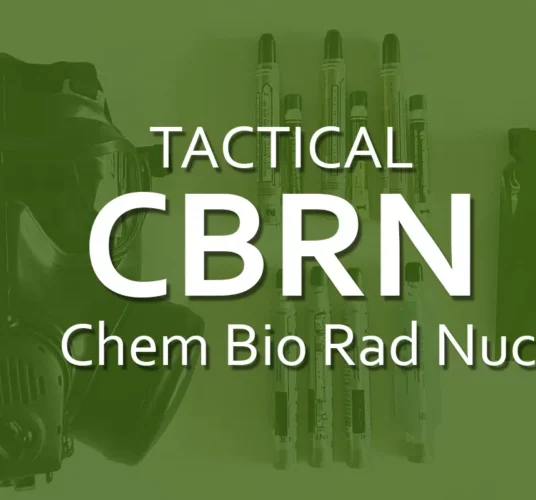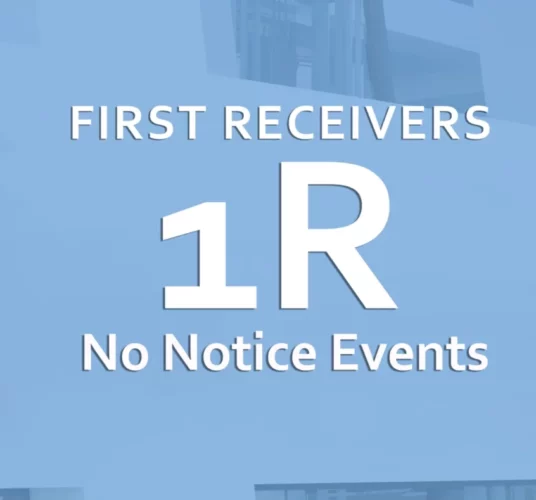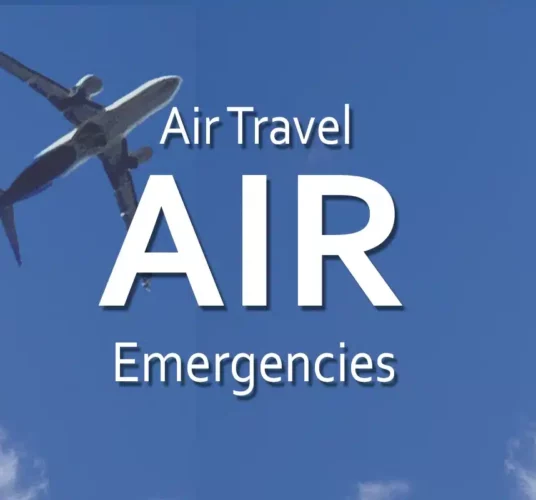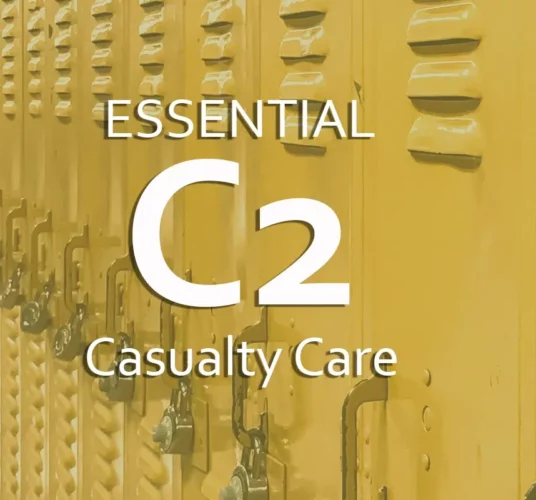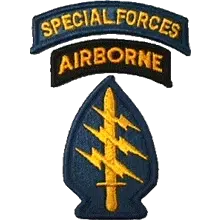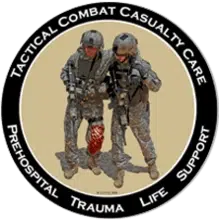TEACHING AND TRAINING TACTICAL CASUALTY CARE
Learn online, on your time. When and where you want to train. Start immediately.
We train private citizens, military, first responders including Law Enforcement, Fire, and EMS from the Basic, Paramedic, and physician levels in the management of injured and wounded patients in high-risk environments.
These courses use photographs of actual injuries, diagrams of wounds, and step-by-step demonstrations. The material is presented in an easy-to-understand, directly applicable way. Each of our courses utilize and address both the TECC and TCCC guidelines.
ONLINE CLASSES: Begin Training Now
Timing is Everything: In any event, law enforcement arrives on average 4 minutes after the first 911 call; EMS arrives 4-10 minutes later. This means that in the first 10 minutes, any care a casualty receives is either performed by private citizen bystanders (Active Bystander) or others involved in the event and secondarily, law enforcement. Many casualties can die within this time frame without life-saving intervention. With tactically relevant medical training and a plan, you can provide this care.
High Risk
Wounded can occur from: active shooter events; active violent incidents (think Boston 2013); unstable buildings due to collapse, bombing, or fires; or natural disasters; all of which are high-risk environments.
Priorities of Care
Traditional EMS priorities of the ABC model (airway, breathing, circulation) misses the point that the whole purpose behind an open airway is to oxygenate the blood, which is best kept in the body. Controlling massive hemorrhage is the first priority in saving trauma patients and avoiding unnecessary deaths.
M.A.R.C.H.
Utilizing the mnemonic MARCH (Massive hemorrhage, Airway, Respiration, Circulation, and Hypothermia prevention), Crisis Medicine uses a fast-paced, dynamic, hands-on, skills-station heavy, and scenario-based approach to teaching life-saving techniques and interventions. You will have a tactically relevant plan and the skills you need to implement it.

